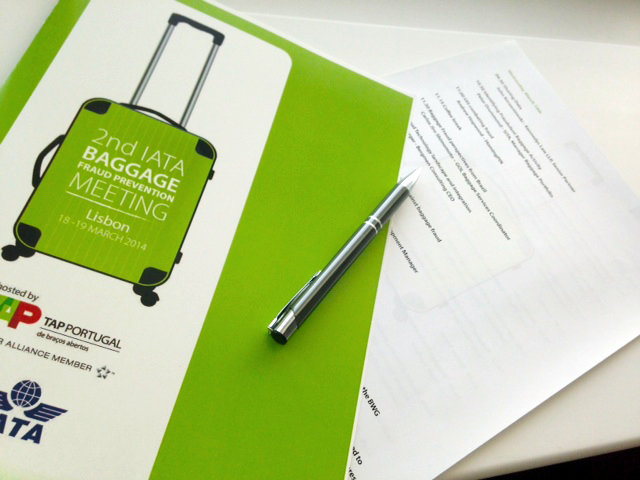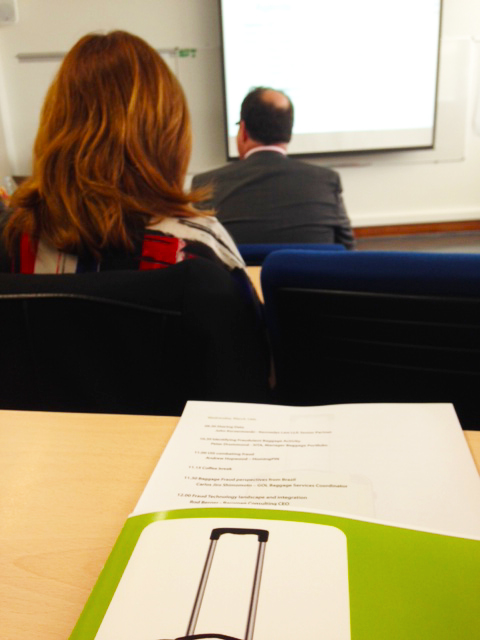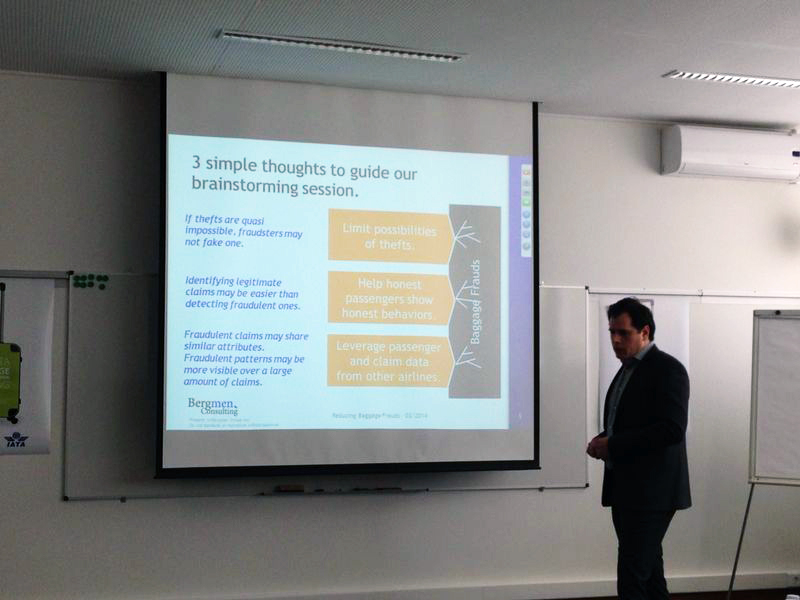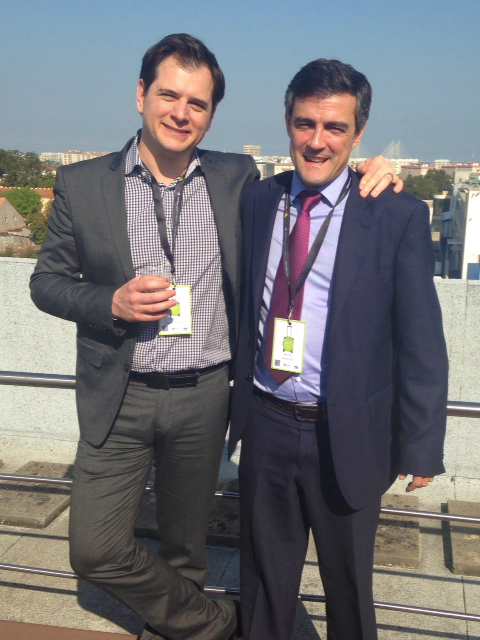According to IATA, about 9% of the total baggage claims filed are fraudulent, 32% are exaggerated, and the average fraudulent payout is over USD 1,000 (November 2012 survey). Some common scenarios are: customers pretending that their baggage has been stolen, damaged, or that its content has been compromised. Having reasonable suspicions is not enough. In a lot of cases the lack of evidence on the legitimacy of such claims forces airlines to compensate passengers. And, with the perspective of bad publicity on social media, the battle gets tougher. In certain countries, where the consumer is highly protected, such as Brazil, it is even more difficult for airlines to argue. Baggage frauds are taking an increasing toll on the industry, and ultimately hurt well-intentioned customers.
Bergmen Consulting was invited to present at the IATA's 2nd baggage fraud meeting hosted by TAP in March 2014. Our team wanted to shake things up and potentially roughly mold some solutions with the wisdom of fraud experts around the world. We came to the meeting with 4 ideas on reducing baggage frauds through technology -- and the debate started...
The fraud spectrum is vast, and finding solutions for every scenario would be quite difficult given the changing nature of fraud patterns. Therefore we elected to limit our brainstorming session on preventing fake baggage losses and repeat frauds. The proposed solutions go from very simple to more sophisticated, purposely a bit on the moon to bring fresh perspectives to the table.
Go through our ideas on reducing baggage frauds. Contact us if you have any questions and/or suggestions or simply want to resume the debate.
Access more resources, articles and thoughts.








Stay
connected.